I asked this question once before, but didn't get any good feedback, so I'm posting it again to try to get more help
Ok, I'm making an app with this kind of of disk in it: http://dl.dropbox.com/u/8051037/disk_full.png
I have the two rings as separate images, but I need to figure out a way to position them like they are in the image, first off. I'm not great at figuring out layouts, so I don't really know where to start with that.
Also, I need each section defined by the black lines to be a different imagebutton. I've been everywhere looking for an answer to this, but no one's been able to help me so far.
Thanks for any help, been stuck on this problem for a few MONTHS now!
EDIT: To help make my problem a bit more clear, I'll fully explain what I'm doing. I'm making a launcher modification to make it kinda look like Tony Stark's phone from Iron Man 2, like this: http://perceptionnyc.com/sites/default/files/D_01_PDA_flat_01.jpg.
(Original question: How make one image into multiple buttons and some other stuff)
